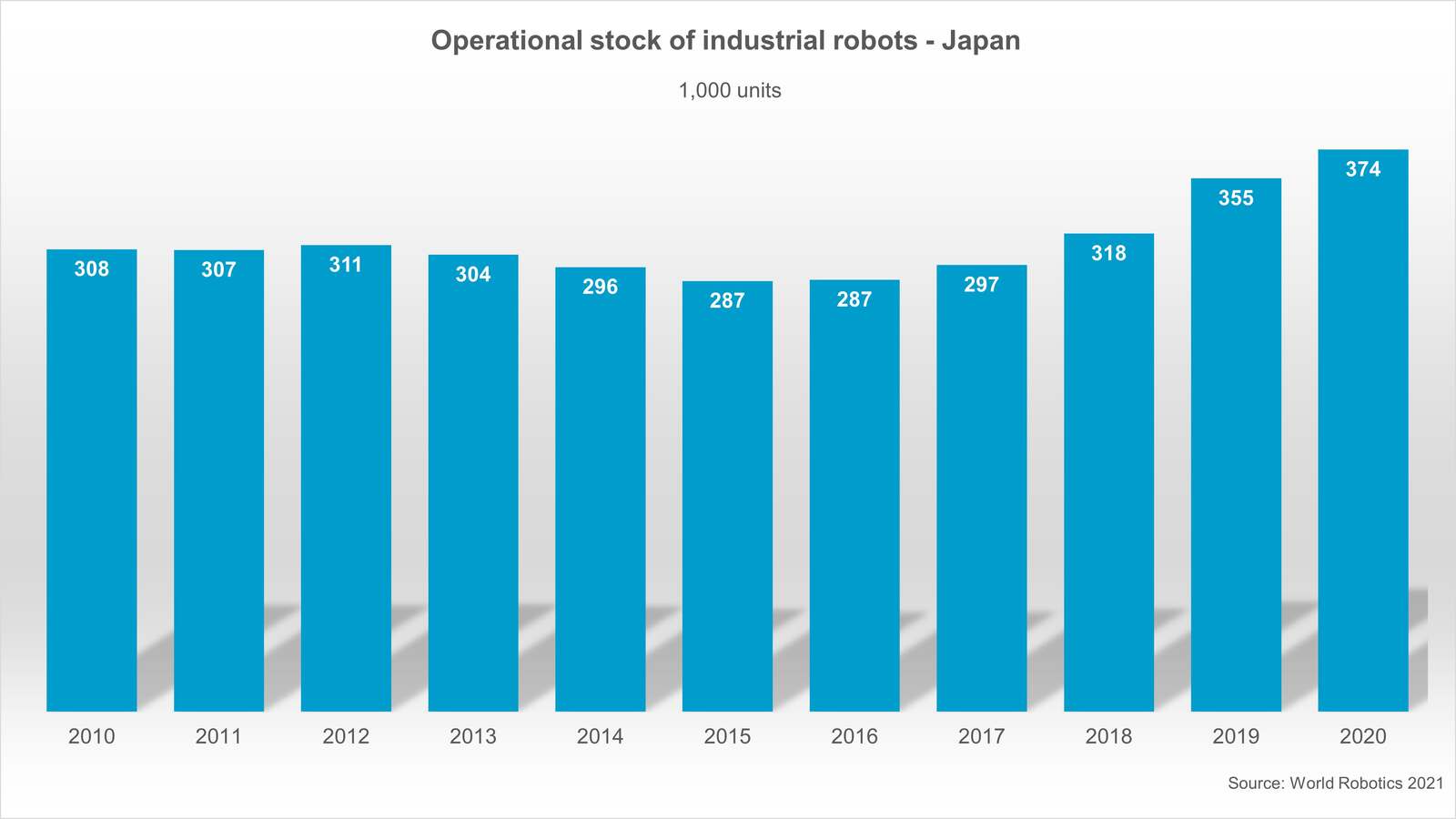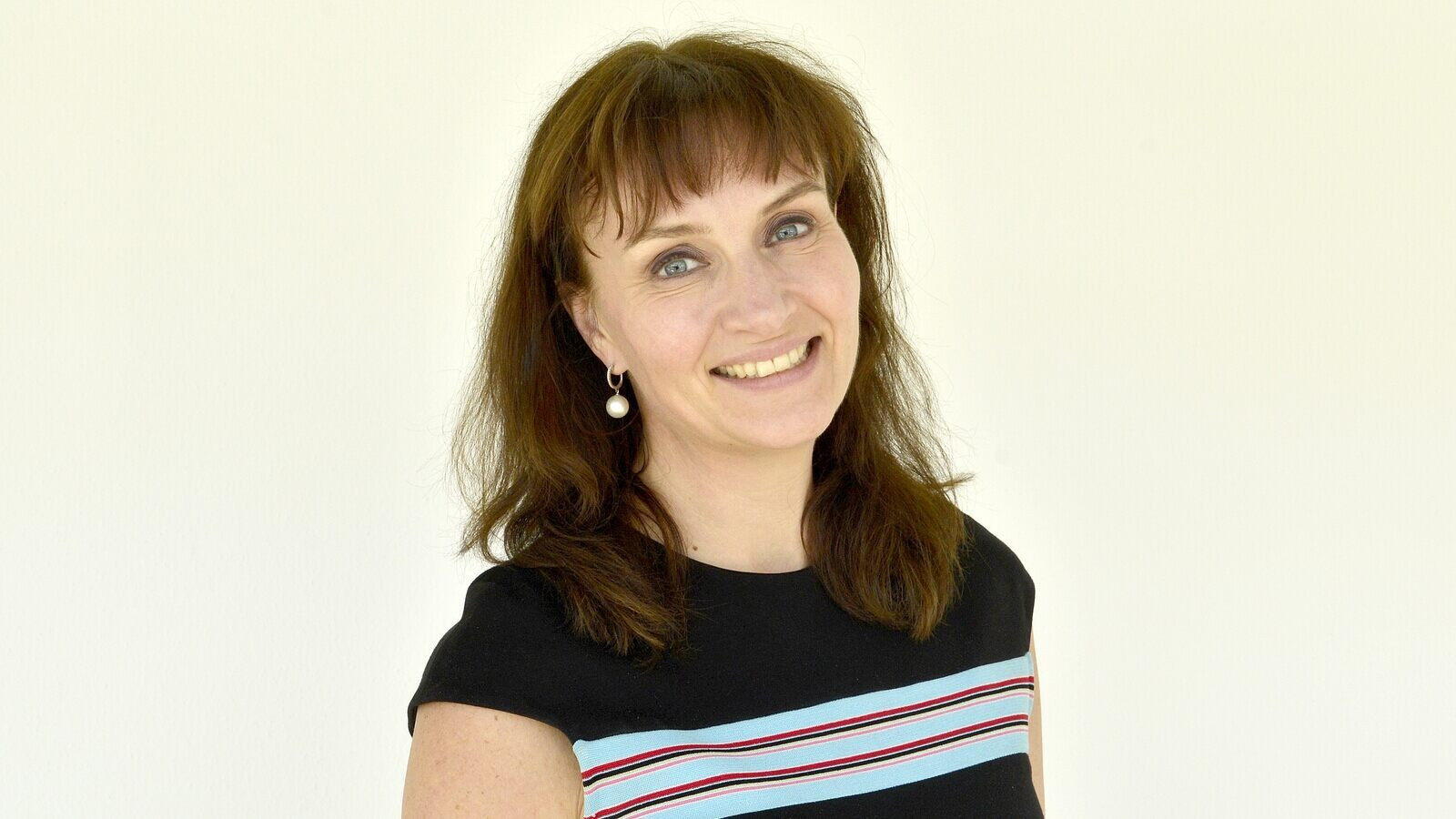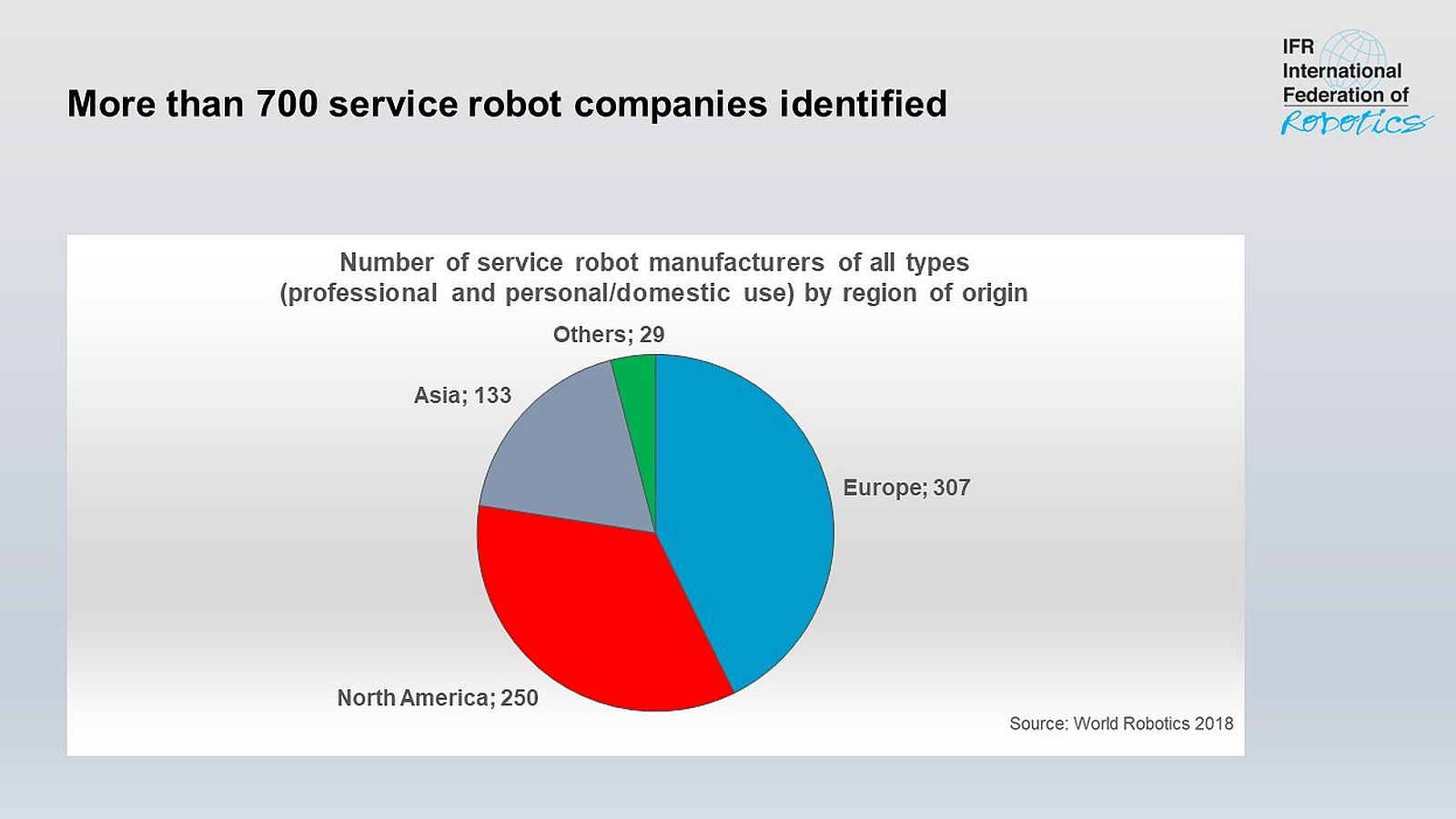
In measuring technology, maximum precision is the only thing that counts. This provides ideal conditions for the use of robots. For efficient use, however, they must be able to grip various large objects without damaging them. At measuring technology specialist Perschmann Calibration GmbH, the sensitive KUKA LBR iiwa robot performs the loading of a coordinate measuring machine and thus automates the calibration process.

Identification of the task
“A human hair is roughly 50 µm thick and the silk threads of a spider are approx. 5 µm. The precision with which we at Perschmann Calibration calibrate measuring instruments is approx. 0.5 µm,” explains Dr. Detlef Rübesame, Head of Technology at Perschmann Calibration GmbH. The calibration service provider from Braunschweig specializes in the calibration of manual measuring instruments. Among other things, it performs the high-precision inspection of gauges such as measuring pins and setting rings. The company’s customer base consists primarily of customers from conventional mechanical engineering, the automotive industry or the aerospace sector. The customers use the measuring instruments for quality assurance in their production processes. There measuring instruments must be regularly calibrated in accordance with Standard ISO 9001 to fulfill international quality standards. Exact values are thus measured during the calibration process so that not even small dust particles can influence the measurement. Besides dust particles, the temperature also has an impact on the measurement result. For this reason, the temperature is continuously maintained and the measuring instruments themselves are also subject to a controlled climate for a defined period of time so that no measurement variation can occur.
Medium-sized enterprises such as Perschmann Calibration GmbH are constantly searching for future-oriented solutions to remain competitive in their business segment. “In collaboration with KUKA, the company Hexagon – which also produces the coordinate measuring machine – introduced us to a concept for the automation of our calibration process and, as a result, to an even more customer-friendly option for the quick calibration of many different measuring instruments. We adopted the idea right away,” recalls Detlef Rübesame.
Solution
Since December 2017, the KUKA flexFELLOW solution upon which the sensitive KUKA LBR iiwa (intelligent industrial work assistant) robot is installed has been used at Perschmann Calibration. The KUKA flexFELLOW is a complete solution, consisting of a robot platform on which the HRC-capable LBR iiwa robot is installed.
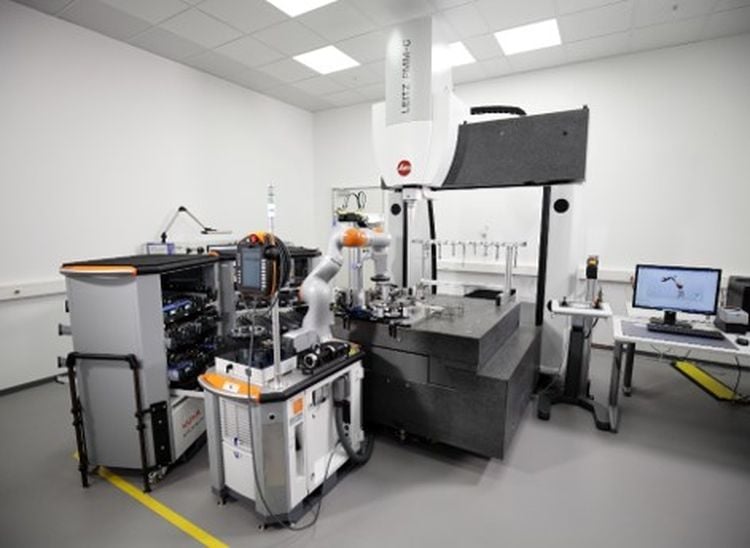
Two transport units with fork slots are provided for this. In the first work step, the LBR iiwa moves to the first transport unit and checks whether there are measuring instruments in the individual slides. It then removes these instruments and moves them into the correct position for the scanner. Besides scanning, the measuring instrument has air blown on it to eliminate any dust and prevent incorrect measurement. Once the system has identified the type of measuring instrument, the LBR iiwa clamps it in the clamping device. The coordinate measuring machine then starts the calibration procedure. Once the process is completed, the robot grips the measuring instrument again and places it in the second transport unit. Meanwhile, the information about the calibration procedure is transferred to a computer where the certificate is issued for each part. The robot works in three-shift operation.
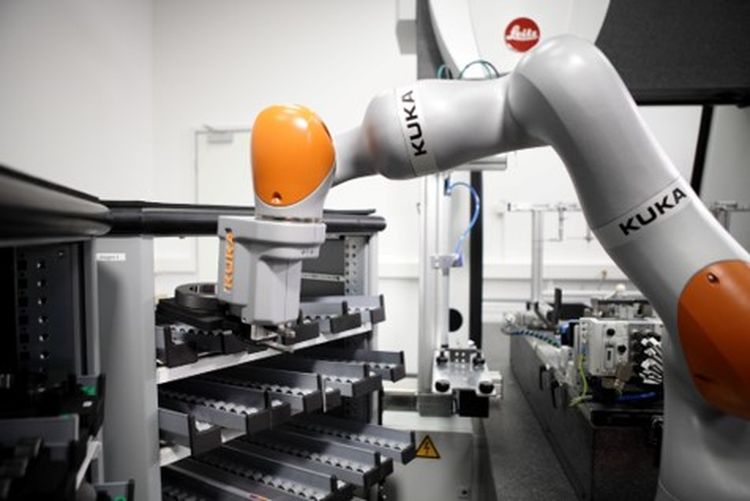
An important question while planning the production changeover was how the coordinate measuring machine and the LBR iiwa could detect and assign the various different geometries of the measuring instruments. The measuring instrument itself meets this challenge by controlling the measuring process. Equipped with a data matrix code, it forwards all important information (such as the type of measuring equipment or the diameter) on to the coordinate measuring machine. Using this special data matrix code (DMC), the coordinate measuring machine can independently initiate the measurement. Intervention by an employee is no longer necessary.
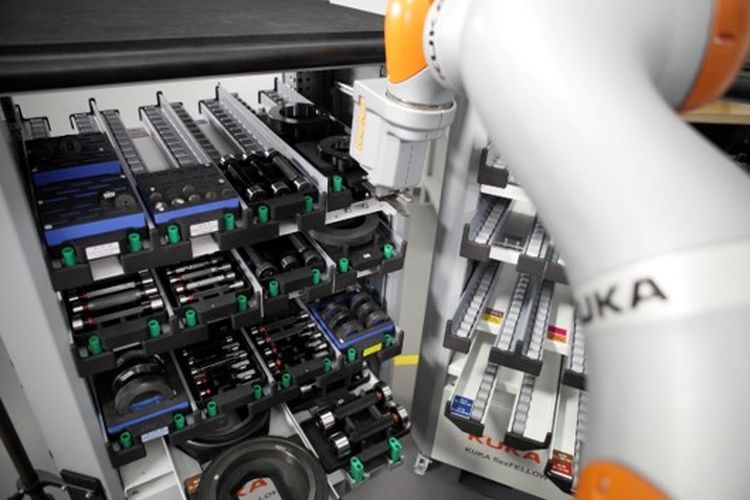
Evaluation of the solution of the challenge
Perschmann enjoys numerous advantages from the robot-based application and the fully automated calibration procedure thanks to Industry 4.0 elements. The procedure is shortened and the calibration process can become more customer-oriented since the collective processing of various measuring instruments is no longer a problem with the KUKA lightweight robot. “Automation makes sense since we deal with very large quantities. At the same time, the system is coordinated in a way that allows it to work autonomously for a long period of time,” explains Detlef Rübesame. The second advantage of the system is that the robot detects if the compartment is empty and reacts by independently moving to the next full one. This is real added value since the robot can therefore continue working autonomously during the night shift. The next morning, the employee finds a fully-calibrated unloading system.
With the KUKA LBR iiwa, Perschmann Calibration can now calibrate around the clock – and do so in two different modes. Whereas production during the day runs in the safer, slower HRC mode, a switch into full automation mode can be made at night when no people are in the robot’s working range. The KUKA LBR iiwa then works ten times as fast. This is possible because other safety regulations apply to operation without humans. Thanks to the additional, fully-automated calibration during the night shift, Perschmann Calibration GmbH gains additional inspection capacity. Detlef Rübesame is very pleased with the new process and believes that the investment in the system will soon have paid for itself. “The task of management is to ensure that we continue to be proactive and are not forced to react by the actions of others. With the full automation of the calibration process, we have taken a further step in this direction.”
